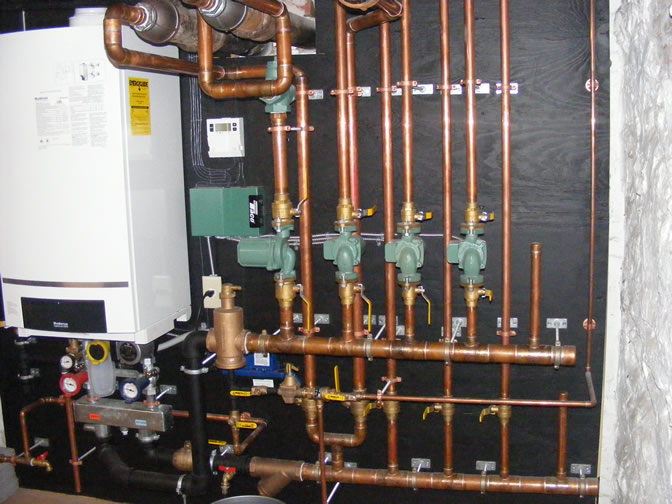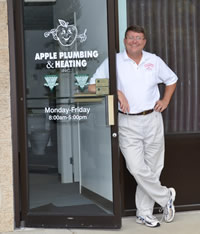Vegetable Garden Watering Tips
Pat Scheper
 A vegetable garden is a beautiful thing to behold. Plump juicy tomatoes, green beans, corn on the cob, herbs and spices, peppers, onions, cucumbers, squash, zucchini, strawberries, and so on…. Nothing like seeing and tasting your hard work through spring and summer.
In our garden we grow an abundance of tomatoes, peppers and onions to make and can our own salsa. This year we added cilantro to our garden for our salsa. We also can tomatoes, corn and green beans. We make our own pickles and put them up too. This year we are raising pumpkins for Sue’s wonderful pumpkin pies in the fall and at our Thanksgiving table. Last year was the first we canned… and we love it. Brings back memories of my mom canning when I was a kid. The smells of tomatoes simmering and corn boiling sent me back to my youth in a flash!! It was a big investment purchasing a water bath canner, a pressure cooker and all the jars. But, boy, opening a jar of tomatoes in January to liven up a pot of soup was worth all the expense and work. Adding a jar of corn to lima beans for succotash at Thanksgiving was warming. Sue had never experienced canning before and she fell in love with it. We spent a great deal of time together in the kitchen putting up the bounty harvested from our garden. In the cold of winter we remembered the hot Saturday in August when we husked dozens of ears of corn in the garage… listening to the Orioles and sipping a cold beer. Great stuff!!
A vegetable garden is a beautiful thing to behold. Plump juicy tomatoes, green beans, corn on the cob, herbs and spices, peppers, onions, cucumbers, squash, zucchini, strawberries, and so on…. Nothing like seeing and tasting your hard work through spring and summer.
In our garden we grow an abundance of tomatoes, peppers and onions to make and can our own salsa. This year we added cilantro to our garden for our salsa. We also can tomatoes, corn and green beans. We make our own pickles and put them up too. This year we are raising pumpkins for Sue’s wonderful pumpkin pies in the fall and at our Thanksgiving table. Last year was the first we canned… and we love it. Brings back memories of my mom canning when I was a kid. The smells of tomatoes simmering and corn boiling sent me back to my youth in a flash!! It was a big investment purchasing a water bath canner, a pressure cooker and all the jars. But, boy, opening a jar of tomatoes in January to liven up a pot of soup was worth all the expense and work. Adding a jar of corn to lima beans for succotash at Thanksgiving was warming. Sue had never experienced canning before and she fell in love with it. We spent a great deal of time together in the kitchen putting up the bounty harvested from our garden. In the cold of winter we remembered the hot Saturday in August when we husked dozens of ears of corn in the garage… listening to the Orioles and sipping a cold beer. Great stuff!!
However, all the good vegetables from our garden came at a price: hard work in tilling and weeding, soil supplements in fertilizer, fish emulsion (best stuff on earth!), compost, and water… lots of water. During dry periods your investment in time and money needs protection or your vegetables will not produce well. How much to water is always a guess. Some say ½” per week, others 1” per week. Some vegetables need to be kept consistently moist. Whatever amount you need, you need water. How and when you water can save or waste large amount of water. First, I put a mulch of straw down in my garden when I plant. This serves three purposes for me: It helps to keep weeds down, it helps keep the soil underneath moist, and it looks nice. In the fall I can either use the straw in my compost bin or till it in to decompose in the soil over the winter. One year though, I think I got hay instead of straw… I had some of the best looking grass in my corn rows!! Anyway, back to water. I save plastic gallon milk and water jugs during late winter and early spring. I poke some holes in the bottom and 1/3 up the sides. When I plant a tomato I plant a jug next to it. I bury the jug up to the opening. Once a week I fill the buried jugs and I get water to the roots of my tomatoes. I am putting in 24 tomato plants this year (like I said, we can salsa and tomatoes). They will take up and area of about 420 ft² in my garden. If I used a sprinkler to water each week and put down an inch of water weekly, I could use up to 4,400 gallons of water just for my tomatoes this summer. If I use my jugs I could use as little as 384 gallons. That is less than one tenth the amount of water used with sprinklers!!
Jugs are not very good for corn, beans, cucumbers, etc… You really are left with either drip irrigation or sprinkler. I have not made the investment in a drip irrigation system… one of these days. Until then, I am left with sprinkling. As I said, I use straw to hold the moisture. I also water in the evening so the moisture can get into the soil without the sun evaporating it first. I also keep a rectangular cake pan (one with straight sides) in the garden. I use this to measure how much water I put down (a ½” of water in the pan means I put a ½” in the garden) and how much rain falls during a shower (a ½” of rain in the pan is a ½” I DON’T have to water).
I try to place my sprinklers so I’m not watering the roof of the shed or the soybeans in the field behind my garden. Most of all, I try to not over-water. I just read that more plants die from too much water instead of too little. There you go, enjoy your veggies!
Pat Scheper
 The sensor is wireless and the controller has a radio receiver within it. An unlimited amount of additional sensors can be placed around the house at sites of potential leaks: water heater, kitchen sink cabinet, laundry room, toilets, etc.
The sensor is wireless and the controller has a radio receiver within it. An unlimited amount of additional sensors can be placed around the house at sites of potential leaks: water heater, kitchen sink cabinet, laundry room, toilets, etc.

 Why, water just keeps coming and coming…there is so much of it and nature seems to keep making more!
Why, water just keeps coming and coming…there is so much of it and nature seems to keep making more!

 Pat Scheper, Vice President & Master Plumber
Apple Plumbing & Heating
Pat Scheper, Vice President & Master Plumber
Apple Plumbing & Heating